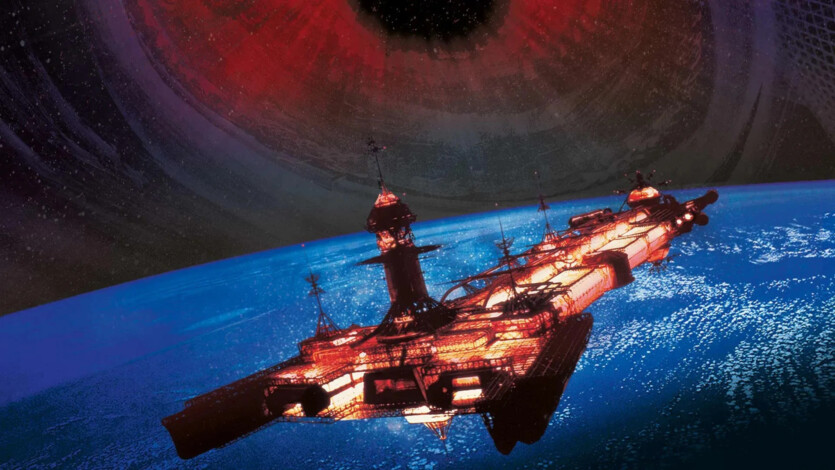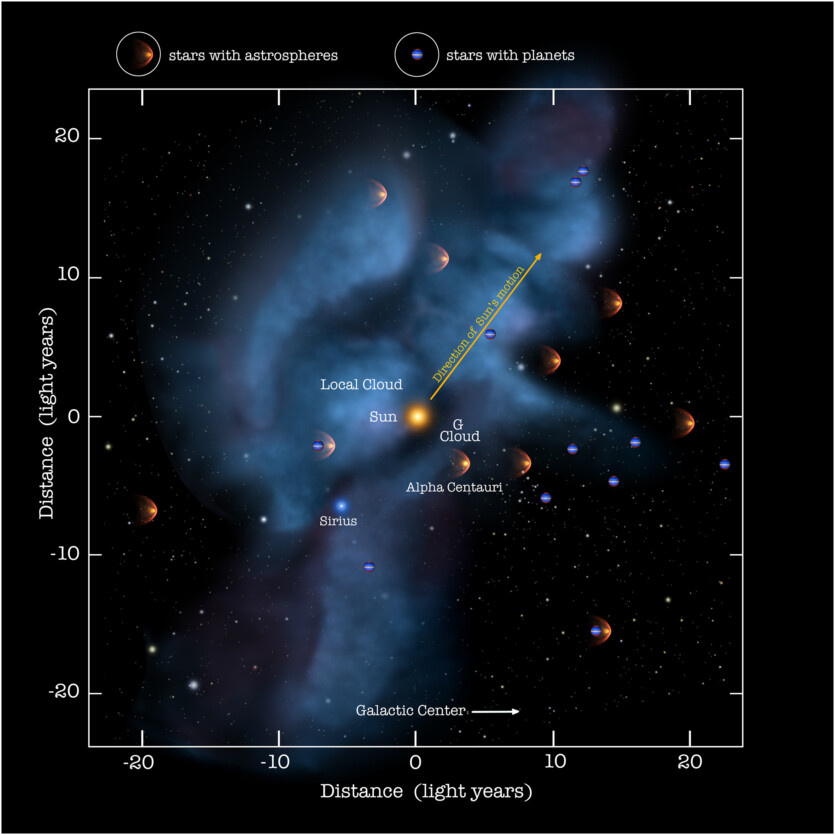
In a new study, Chinese astrophysicists have proposed a way to get to a black hole.
Mostly ideas, such as mission to the black hole, remained something from the realm of science fiction, such as the 1979 Disney movie Black Hole. However Cosimo Bambi, a theoretical physicist at the University of Fudan, offers a realistic approach to this.
First, scientists need to find the black hole closest to us. Next, we need to create a kind of nanoscale spacecraft — a tiny microprobe that is strong enough to survive this unusual journey.
“With the right technological advances, this could be possible within a few decades”, — Bambi says.
According to the Chinese scientist, his idea controversial and extremely complex, but quite realistic. Bambi also presented the trajectory of a hypothetical spacecraft and a brief description of the experiments it could conduct.

However, even if scientists are able to figure out the details, it could take about 100 years to complete this mission, depending on how long it takes, where the target black hole will be located. According to Cosimo Bambi, these are not deadlines compared to the general time, frame that it took to achieve significant breakthroughs in physics. For example, the existence of gravitational waves was confirmed only 100 years after it was first predicted.
Cosimo Bambi emphasized, that such a mission is not a matter of the near future, but if physicists really want to directly investigate black holes, it should start with at least some proposals. For example, scientists have long suspected, that the extreme conditions around a black hole could provide new information that contradicts general relativity, but current observational methods make it difficult to directly characterize the physical conditions of space-time near a black hole.
The availability of a highly sensitive probe capable of transmitting signals to Earth could provide much-desired direct observation data on the black hole. Of course, if the probe can withstand the gravitational pull of these objects and is not torn apart or eaten like any other object that gets too close to a black hole.
The results of the study were published in the journal iScience
Source: Gizmodo

Spelling error report
The following text will be sent to our editors: